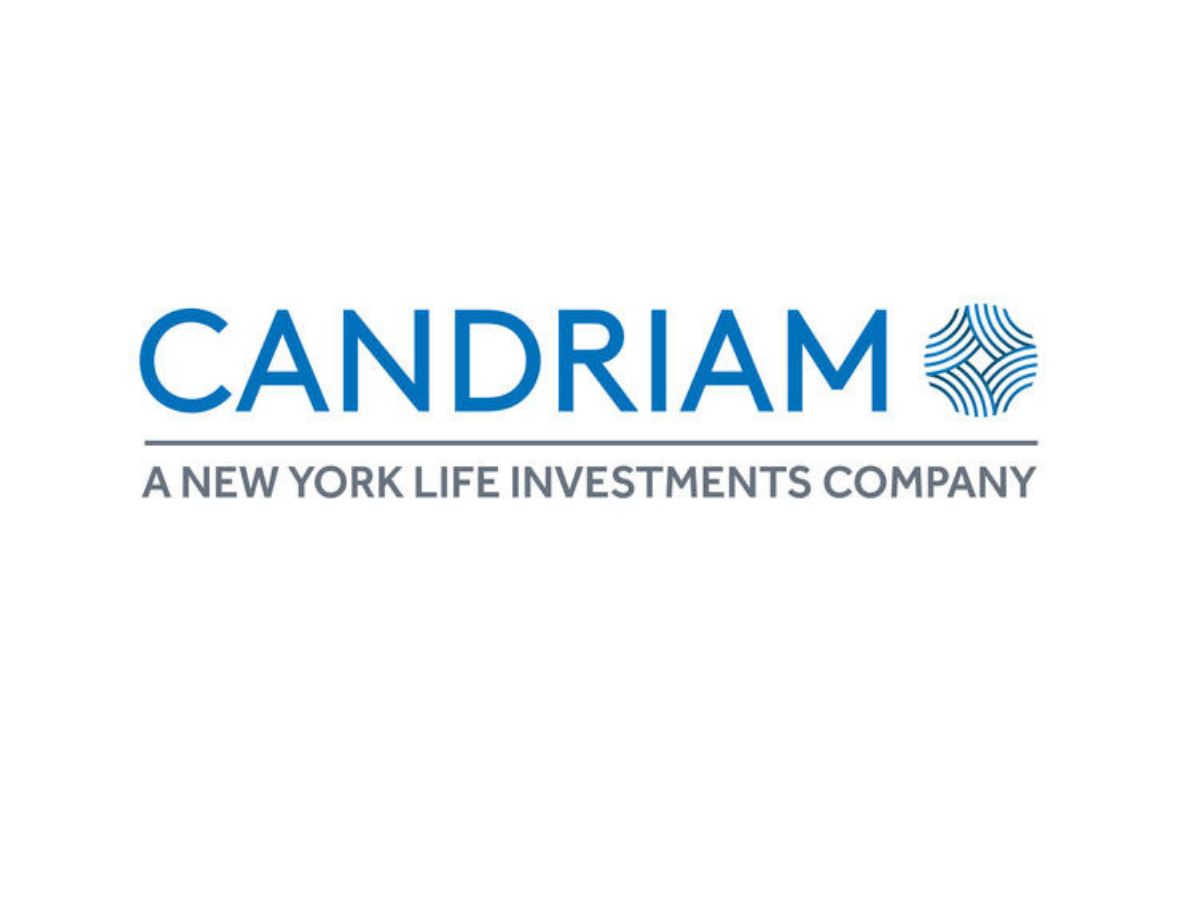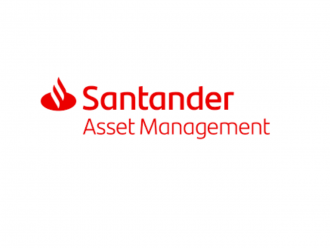Diliana Deltcheva, head of emerging market debt, Candriam
Fawzy Salarbux, global head of consultant relations, Candriam
Emerging market debt has suffered a bout of volatility in the past year. Investors should seek reassurance in a stockpicker’s ability to select and combine individual countries and companies
What should investors expect from their emerging market debt portfolios over the next 12 months?
Our headline return on a one-year horizon for EM hard currency (HC) and local currency (LC) is 6%. Whilst not spectacular, that figure is relatively attractive, given current levels of uncertainty across financial markets.
We do not expect much EM growth in the coming months. Growth has been anaemic across emerging and developed countries, with the exception of the US but trade wars are raising the possibility for a US downturn as well. For EMD HC and EMD LC, we would expect 6% returns as we conservatively expect that at least the carry of each asset segment will be realised. This is not a case, however, of simply surfing markets’ strong returns since December. We focus in generating value through an active, bottom up approach. We typically favour countries or companies with improving fundamentals, attractive valuations and limited risks from a political or ESG standpoint.
Institutions considering dynamic asset allocation should also note that spreads on EMD HC looks more promising than the lower-rated investment grade bonds (‘B’ and ‘BB’) issued by companies in developed markets.
Less trade war related sabre-rattling ahead
On the hottest talking-point of the moment, we do not expect trade wars to escalate sharply. The poor reaction of equity markets to the announcement of further tariffs from China and the US will, we believe, curb politicians’ sabre-rattling and encourage more negotiations instead. That does not mean geopolitical risk is insignificant for emerging market debt. But we are not on high alert.
We remain cautiously optimistic on EMD HC as we believe that we still have two supportive factors at play. The first is the US Federal Reserve – deciding to hold or even cut instead of raising interest rates in 2019. This is encouraging news for emerging economies in need of more breathing space on the road to recovery. The second is a constructive outlook for commodities, the lifeblood of so many emerging economies and their leading companies.
Local currency bonds are still trading at attractive risk premiums to US treasuries. EM inflation remains subdued and some EM central banks might have space to ease policy in 2019. EM currencies appear cheap but will require broader and deeper global growth recovery as well as a weaker US dollar to perform.
Global affairs matter to EM debt indices but our investment process is designed to identify the specific performance drivers of each local rate curve and currency. We aim to maximise exposure to the country specific risk drivers rather than to global macro risks.
In HC, we prefer to retain exposure to countries or companies with improving fundamentals such as Angola and Egypt and oil and gas companies in Brazil and Kazakhstan. We also favour issuers with positive technicals, such as promotion to the index for Bahrain and Qatar, two energy-rich countries – or to cheap names trading as distressed credits, such as Argentina or Tajikistan.
Tactically underweight Turkey
After taking profits in a number of Sub-Saharan African countries (Angola, Gabon, Kenya and Nigeria) following their impressive performance in the first half of 2019, we await eurobond issuance to add to positions again.
We retain an underweight in Turkey until the government produces a more credible bank recapitalisation plan and until political risk around local elections in Istanbul and the purchase of a missile defence system from Russia subsides.
In local currency, we prefer to retain exposure to rates versus currencies and prefer bond markets that offer high risk premiums versus US treasuries, have inflation under control and follow credible and independent central banks. Indonesia, Mexico, Peru and South Africa are four examples.
We need to confirm that the US dollar is on the wane before engaging with EM currencies. We do not favour markets in Central and Eastern Europe where we note resurfacing inflation and central banks that have failed to acknowledge the risks of overheating.
EM debt – investing responsibly
Candriam has been managing EM debt for 20 years, one of the longest track records in this asset class. We also have two decades of expertise in ESG investing and integrate ESG considerations into all our investments.
In our EM debt strategies, ESG factors account for 50% of the overall creditworthiness of a country based on what tells us of a country’s medium-term structural reform and momentum as well as the quality and effectiveness of institutions competitiveness.
For any further information, please contact Fawzy Salarbux, global head of consultant relations, at fawzy.salarbux@candriam.com.


